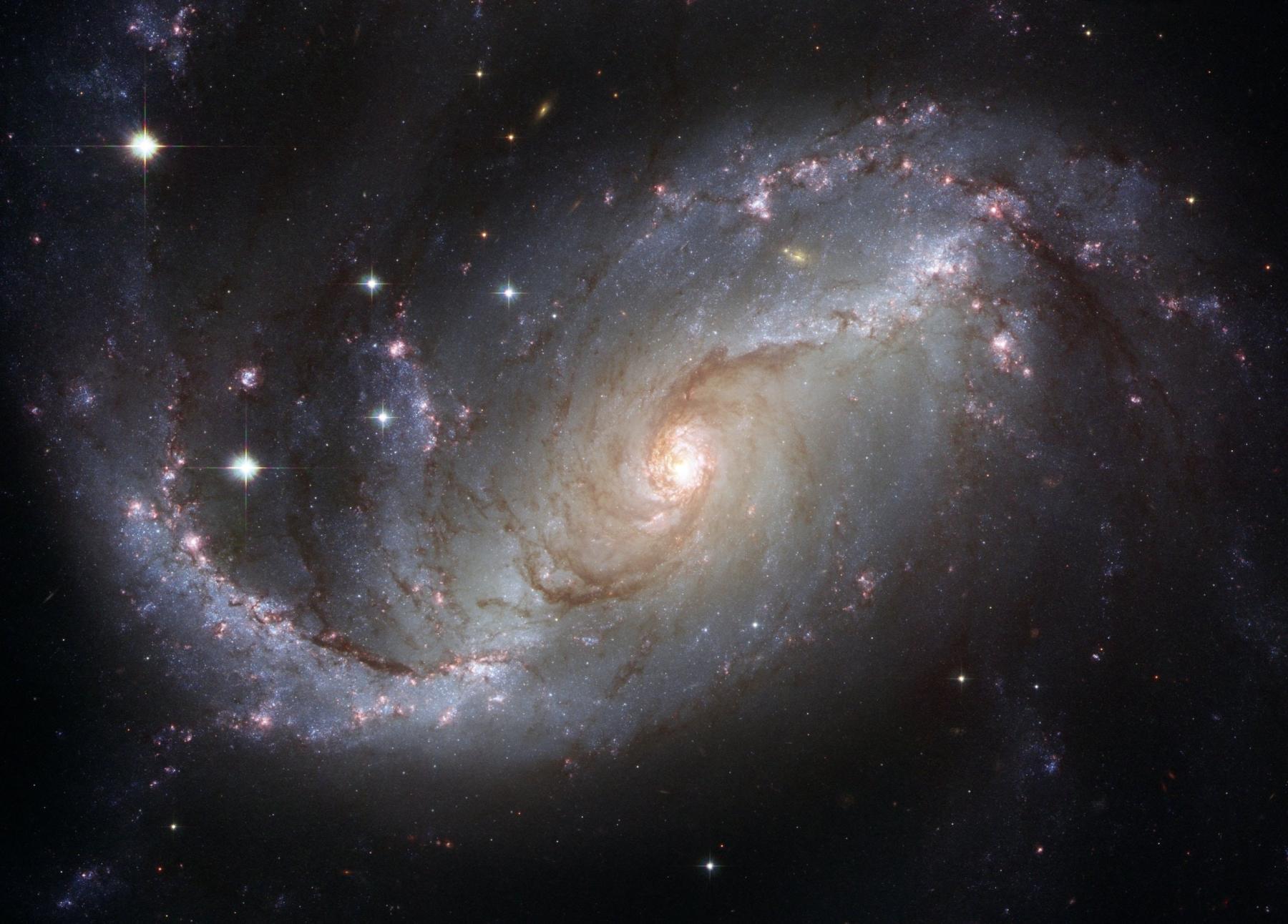
Collisions in Space
by [node:author:field_name_first] [node:author:field_name_last]
Students will predictions about what will happen when two objects collide and compare hypotheses to observations. Also, students will compare what happens when objects made of different materials collide to determine how the makeup of objects affects the impact.
Lesson Plan Link/URL
https://docs.google.com/presentation/d/1vcBpvXVT5zIVabz1o2JKidJxrhi0ab5w/edit?u…Subject Area
Science Physical Science P2: Objects at a Distance P3: Net Force P4: Energy Transfer Earth and Space Science E2: Earth & the Universe Engineering S2: Apply the Engineering Design Process
Featured
Off
Related Content

Grades:
Kindergarten, 1st Grade, 2nd Grade, 3rd Grade, 4th Grade, 5th Grade, 6th Grade, 7th Grade, 8th Grade
Most students are likely familiar with popular films like Happy Feet, Surf’s Up, Penguins of Madagascar, and classic books like Mr. Popper's Penguins. Capitalizing on this familiarity with penguins

Grades:
7th Grade, 8th Grade, 9th Grade, 10th Grade, 11th Grade, 12th Grade
Dive into the physics and engineering and programming of holonomic drives! Learn to code and control movement for your FTC robot with hands-on activities and real-world applications.

Grades:
5th Grade, 6th Grade, 7th Grade
Students will use the principles invented by Bernoulli and Archimedes to learn about hot air balloons. Then students will create one out of tissue paper and test it!